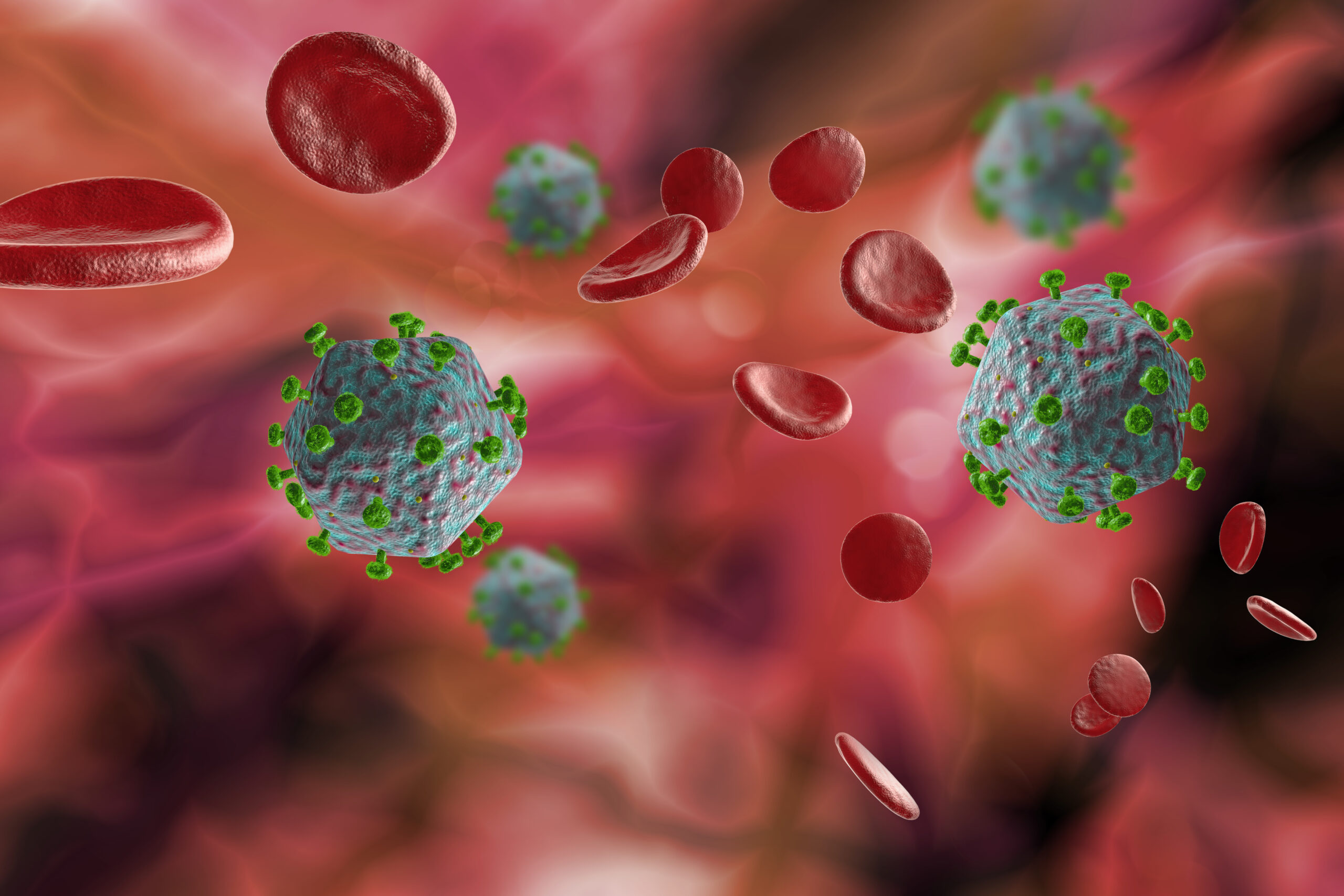The human immunodeficiency virus (HIV) has been long considered a challenge to treat in the medical community. Untreated, infection with HIV can lead to AIDS, or acquired immunodeficiency disease. HIV works to damage the human immune system by targeting a specific component of the immune system: CD4+ T cells. These cells are a vital part of the immune system, as they help the body fight against infections from foreign agents, such as bacteria or viruses. Once HIV has caused irreparable damage to the immune system, the disease progresses into AIDS. AIDS related deaths have historically accounted for a large proportion of deaths in the United States. However, around the turn of the century, antiretroviral therapies (ARTs) started to become more widely accessible. ARTs in HIV work by reducing the amount of HIV in the body. While ARTs don’t completely cure HIV-related disease, they can reduce the amount of HIV in immune cells to even undetectable levels, allowing HIV positive individuals to live long and comfortable lives, while reducing the risk of spread. Only two individuals have been documented to have been “cured” from HIV, both of whom had late stage cancer and received stem cell transplants to treat their cancer. The stem cell transplants helped to “cure” these individuals because the patients immune cells (that were infected with HIV) were completely replaced with cells that HIV could not infiltrate. Because these transplants are very risky and thereby not viable for most people, there is still an interest among researchers to find ways to cure HIV in the broader population.
Recently, researchers in China studied the effects of a fat molecule called lipopeptide-98 (LP-98) on HIV within rhesus macaque monkeys. They studied the role of this lipopeptide in monkeys infected with simian immunodeficiency virus (SIV, the form of HIV present in this species), and a hybrid SIV/HIV virus (SHIV). When the monkeys were given LP-98 after being infected with SIV and SHIV, they had a significantly reduced viral load, the amount of virus in the systems, than monkeys who did not receive the treatment. Additionally, when monkeys were given LP-98 prior to being infected with SIV and SHIV, they were significantly more protected from contracting SIV and SHIV post-exposure. From these experiments, the researchers concluded that LP-98 may provide benefits as a prevention to contracting HIV. Similar lipopeptides have gone on to clinical trials, where they will be tested in humans; however, LP-98 is still in pre-clinical testing. Whether LP-98 will become a front-line HIV treatment is still up to investigation, but the current efforts to study the impacts of lipopeptides reflect the broader fight against HIV disease.
Featured Image Source: Ezume Images










